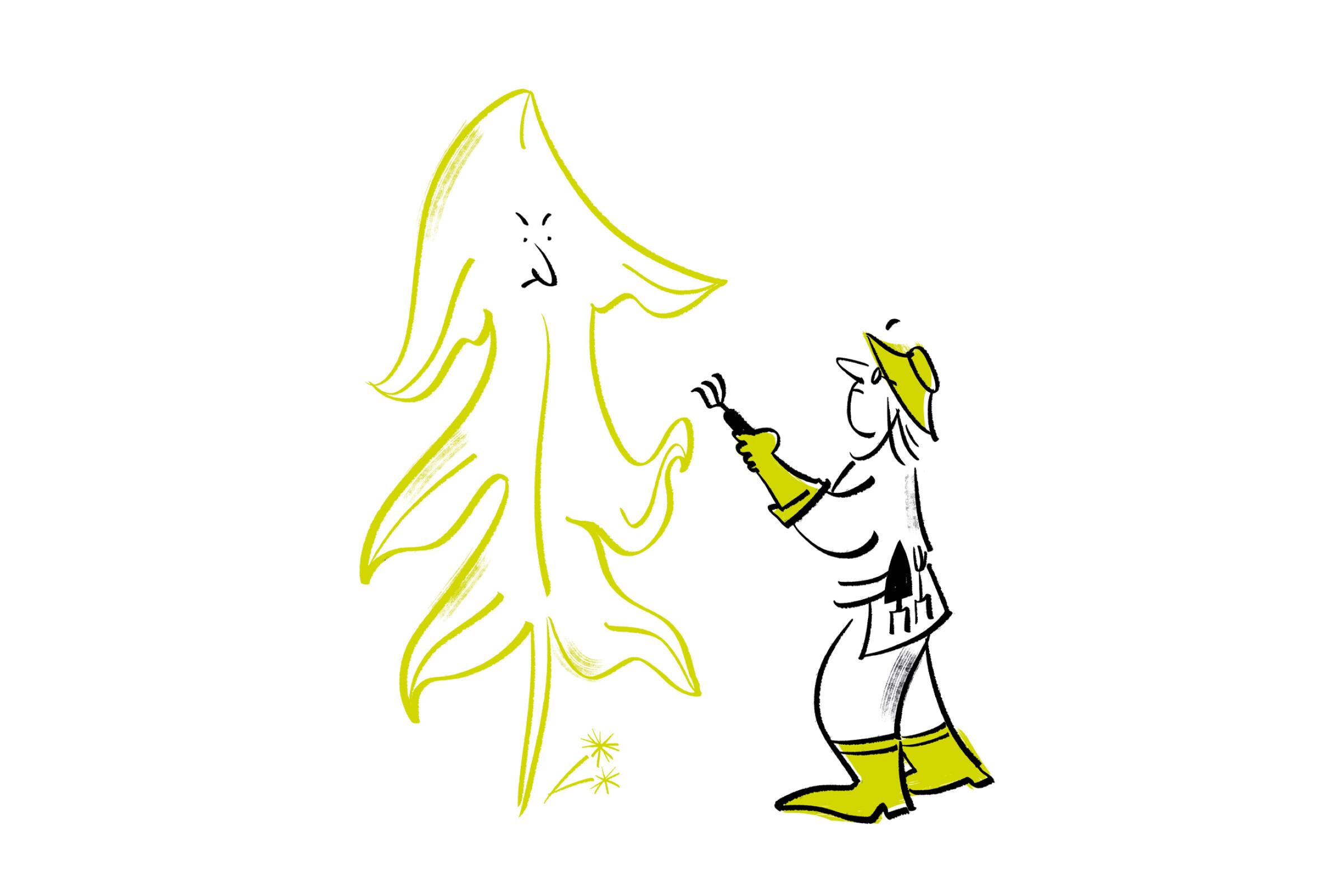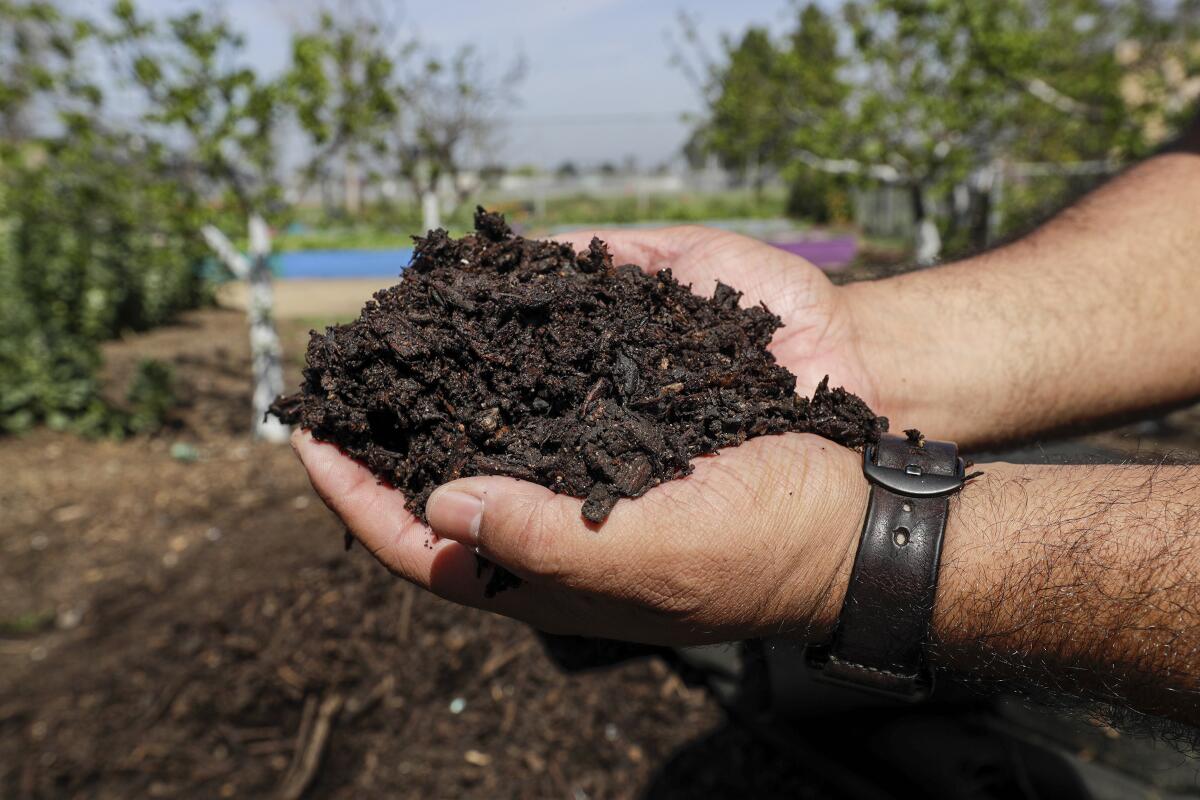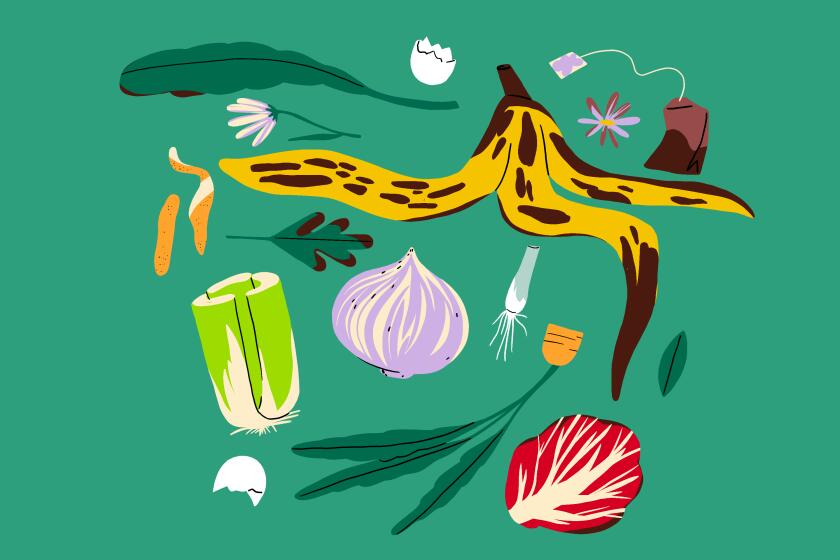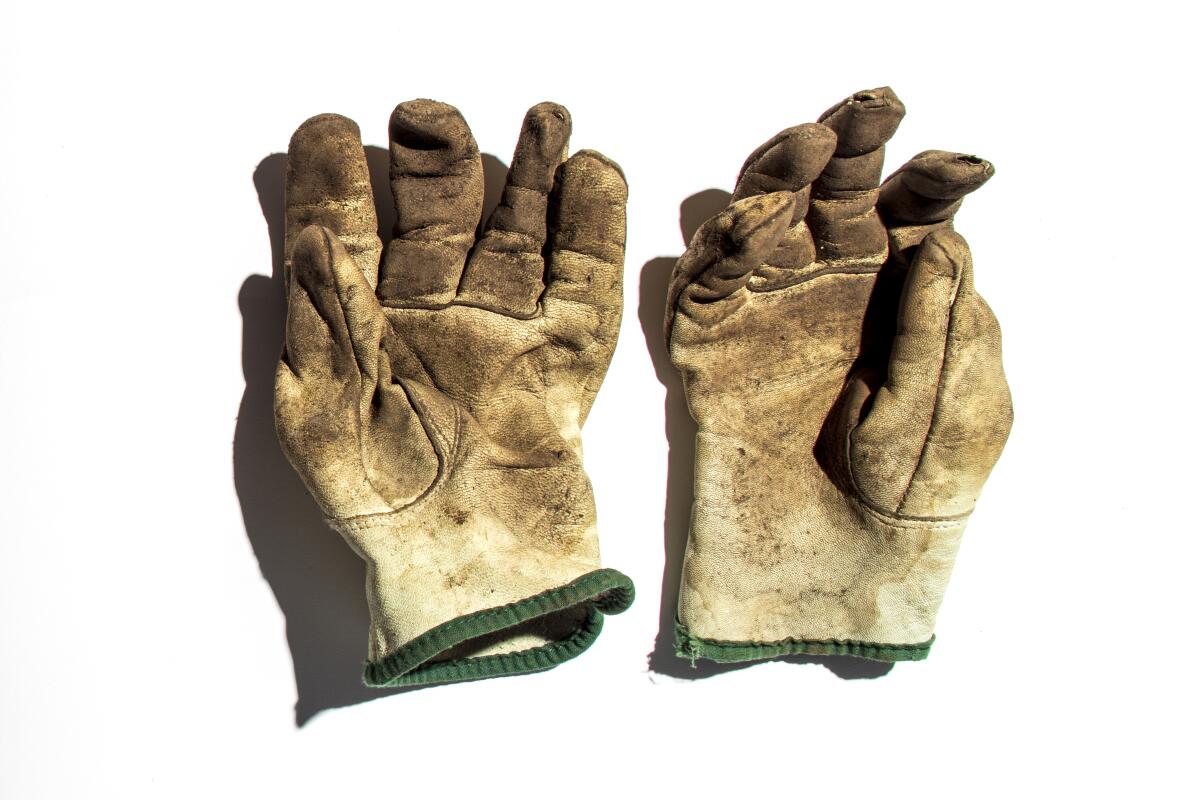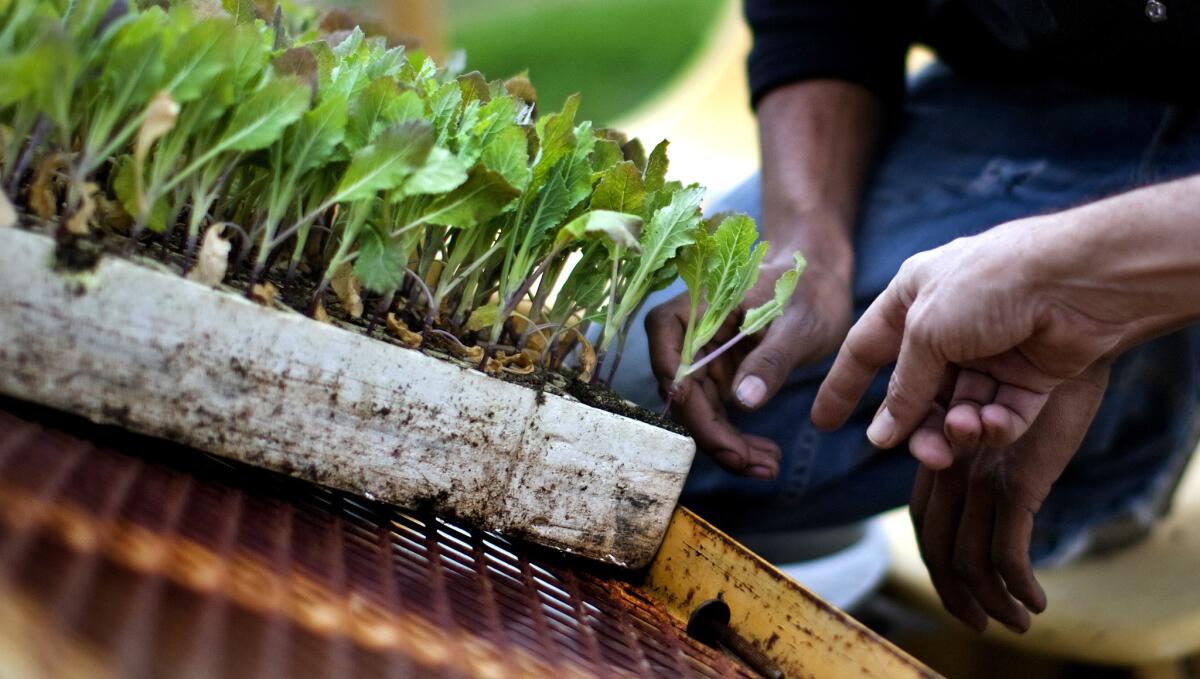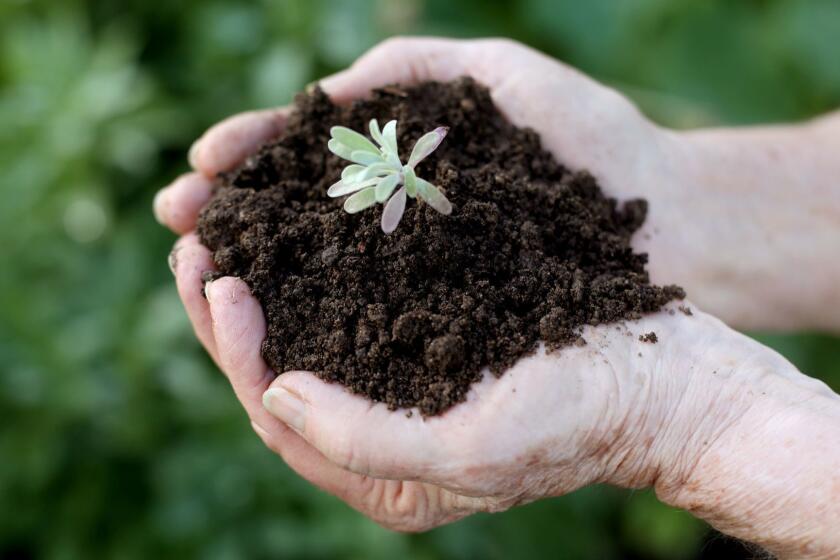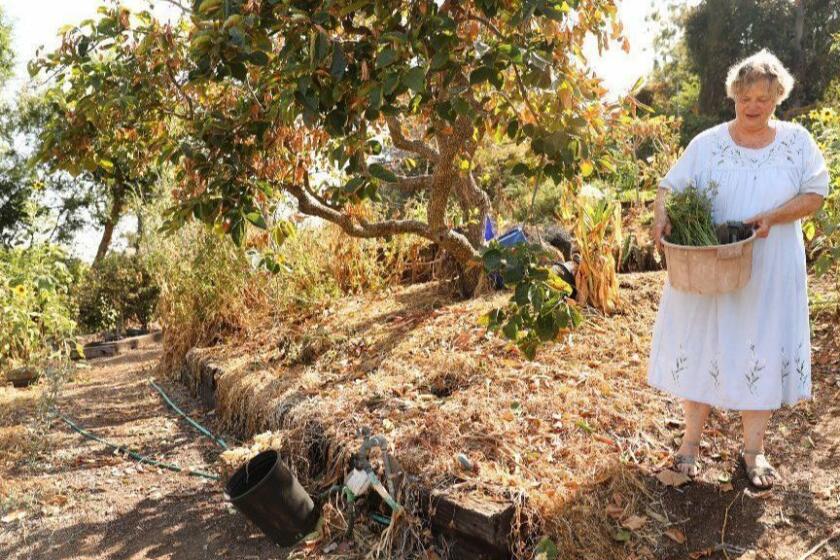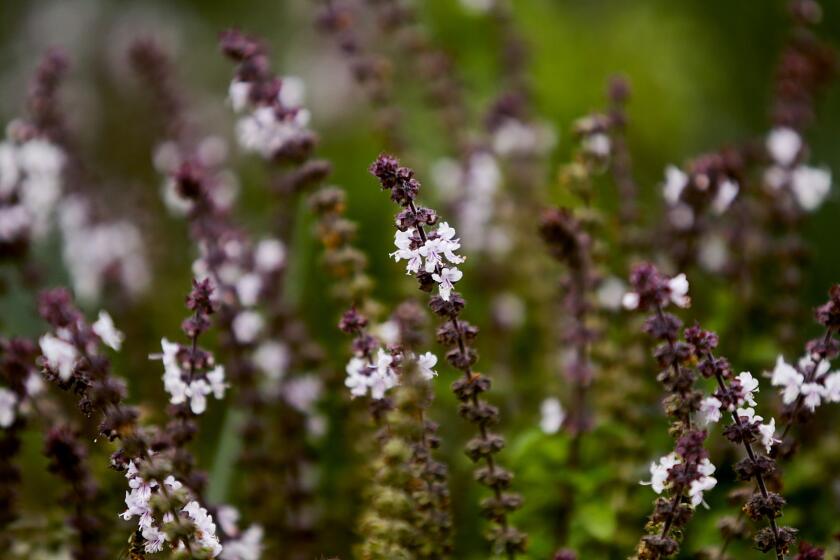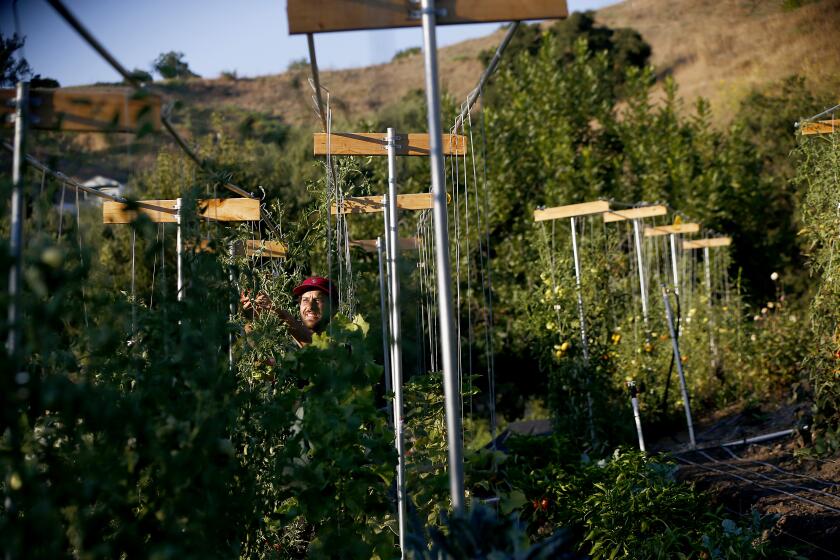Waiting is always hard, but when you’re waiting for an unseen force that could, at any time, sicken or kill you, your family and your friends while devastating the global economy ... OMG OMG OMG ...
Well. As we said. Waiting is hard.
So take a deep breath, put down the remote and get busy outside. We’ve made a list of 10 garden chores that can help save your sanity now and make the coming months much more pleasant. We guarantee a solid smugness high if you can get even half this list accomplished.
A few tips before you start: Stay out of your garden beds if they’re still wet and muddy; walking on wet ground can compact your soil.
Don’t have a yard? Container gardening works, too. Or, research joining a community garden in the future after this crisis is over. (We found that many are currently closed to new members during this crisis.) Just Google “community gardens near me.”
If you’re shopping for plants, call ahead to your favorite nursery to make sure it’s open. State and local officials have deemed plant nurseries as essential businesses, and many are now offering phone or online orders with curbside pickup or delivery. They will appreciate the business.
